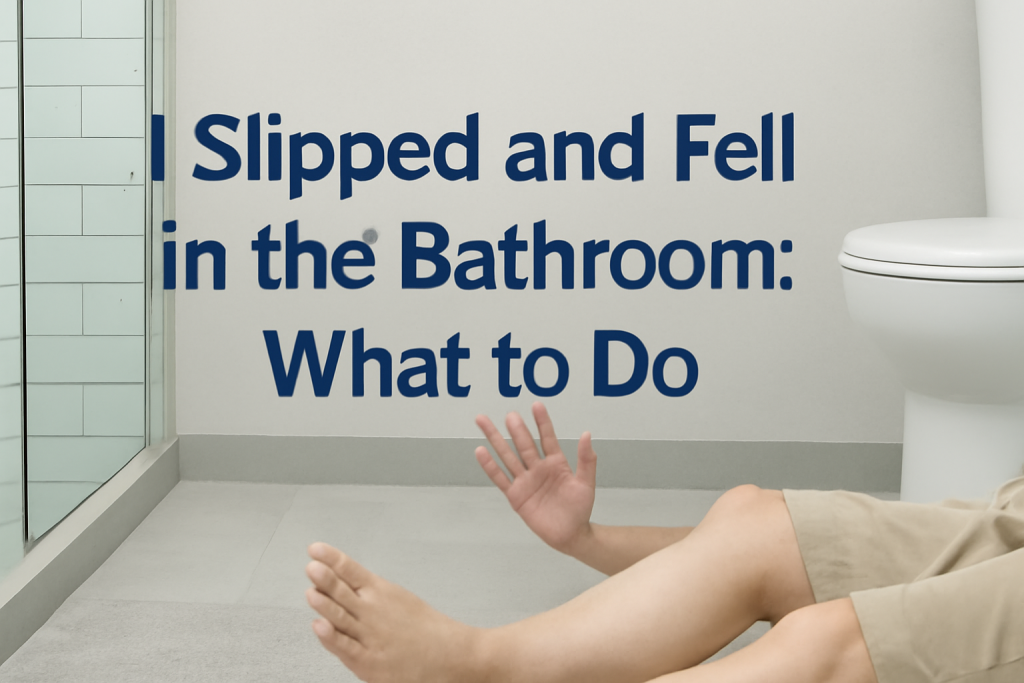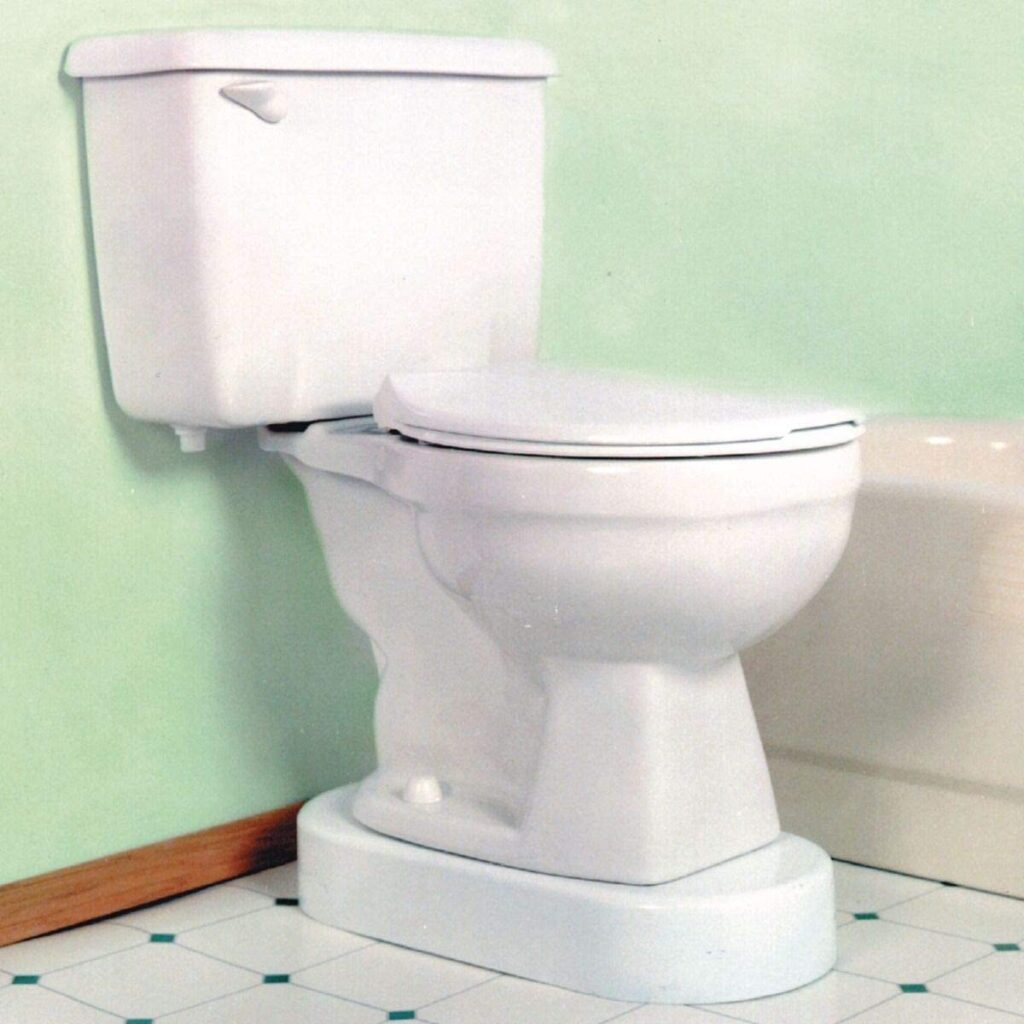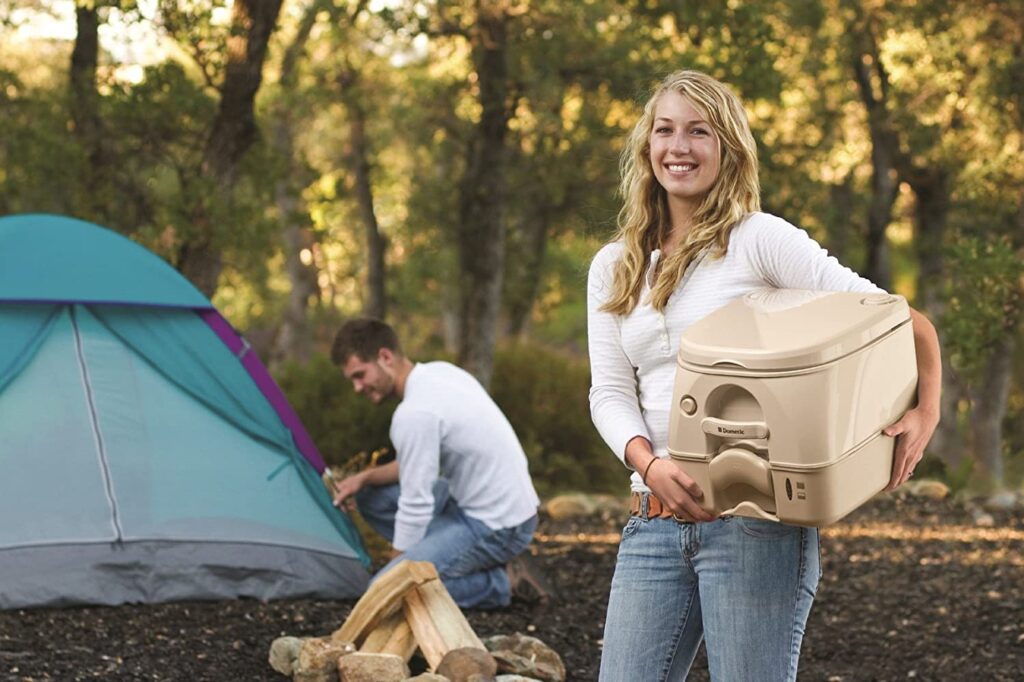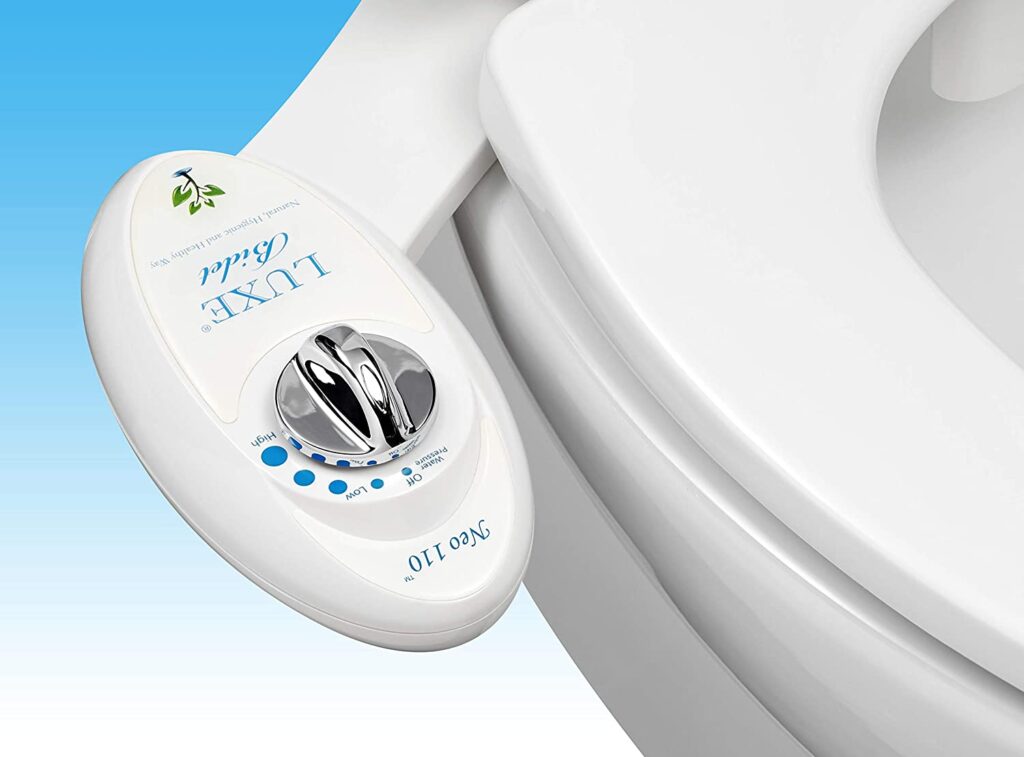 Slipping and falling in the bathroom is a common household accident that can lead to significant injuries. Whether it happens in the shower, near the toilet, or on a wet floor, bathroom slips can cause serious issues, especially for children, elderly people, or anyone with mobility issues. It’s important to not only understand what to do in the event of a slip and fall, but also to recognize the steps to prevent such accidents from happening in the first place. This article will guide you on what to do if you slip, why slipping happens, and how to avoid these accidents in the future.
Slipping and falling in the bathroom is a common household accident that can lead to significant injuries. Whether it happens in the shower, near the toilet, or on a wet floor, bathroom slips can cause serious issues, especially for children, elderly people, or anyone with mobility issues. It’s important to not only understand what to do in the event of a slip and fall, but also to recognize the steps to prevent such accidents from happening in the first place. This article will guide you on what to do if you slip, why slipping happens, and how to avoid these accidents in the future.
Table of Contents
1. What to Do If You Slip and Fall in the Bathroom
Stay Calm:
The first thing to remember if you slip and fall in the bathroom is to stay calm. Panic can make the situation worse and impair your ability to assess your condition. Take a deep breath and focus on figuring out if you’re injured and how to move forward.
Check for Injuries:
Before getting up, it’s important to check for injuries. Carefully assess if you’ve sustained any obvious injuries such as broken bones, sprains, or head trauma. Pay attention to any pain, swelling, or dizziness, as these could indicate a more serious injury. Avoid sudden movements until you are sure it’s safe.
Call for Help:
If you’re unable to get up or feel unable to move without worsening your condition, call for help. If you are alone, use your phone or any emergency call button in your bathroom to contact a friend, family member, or emergency services. Don’t try to get up if you’re in pain or unsure about your injuries, as it may make things worse.
Avoid Further Injury:
If you are in pain or have difficulty moving, try to avoid further injury. Stay where you are and don’t attempt to get up if you’re not sure how to do so safely. If possible, use your phone to communicate your location and wait for help. It’s essential to remain still and avoid unnecessary movements, especially if you suspect you have broken bones or other injuries.
Seek Medical Attention:
Even if you feel like you’re okay after a slip and fall, it’s always wise to seek medical attention. Sometimes injuries like sprains, fractures, or internal injuries might not be immediately apparent. A doctor can evaluate your condition and help you understand the full scope of any injuries. Signs such as bruising, swelling, or dizziness are clear indicators that medical attention is needed.
Document the Incident:
Finally, document the incident. Take note of what caused the fall, such as a wet floor, slippery tiles, or any obstacles like loose rugs or mats. This information can be useful later, especially if you need to make an insurance claim or if the fall occurred due to negligence (e.g., improperly maintained flooring or lack of safety equipment). If possible, take photos of the scene to support your documentation.
| Scenario | Action to Take | Urgency Level (1-5) | Key Considerations |
| You slip and fall in the bathroom | Stay calm, assess injuries, call for help if needed, seek medical attention, document the incident | 5 | Ensure no serious injury, document incident for possible claims |
| Someone else slips and falls in your bathroom | Check the person’s condition, call for medical help, assist them in getting comfortable, document the incident for liability | 5 | Safety of the injured, potential liability concerns for homeowners |
| Injury is minor (bruises, sprain) | Rest, apply ice, elevate, and seek medical attention if necessary | 3 | Monitor for worsening symptoms, get medical advice if unsure |
| Injury is severe (fractures, head injury) | Call for immediate medical help, don’t move the person, seek emergency assistance | 5 | Seek medical attention immediately, follow up on potential complications |
| Floor is wet or slippery | Clean up water immediately, place non-slip mats | 4 | Prevent further slipping hazards, reduce risk for others |
| Clutter in bathroom | Clear all clutter, remove objects from the floor that pose tripping hazards | 3 | Ensure a clutter-free bathroom to reduce tripping risk |
| No grab bars or non-slip mats | Install grab bars, non-slip mats, and check flooring for safety | 5 | Install essential safety features to avoid long-term risk |
2. Why Slipping Happens in the Bathroom
Wet Surfaces:
One of the most common causes of bathroom slips is wet surfaces. Water from a shower, bath, or sink often creates slippery floors, especially when water accumulates in high-traffic areas like the floor surrounding the shower or bathtub. Wet bathroom floors are inherently hazardous, making slipping more likely.
Slippery Flooring Materials:
Bathroom floors made from slippery materials like tile, marble, and other smooth surfaces can be particularly hazardous when wet. These materials tend to have little grip, increasing the risk of slipping, especially if there’s water from a shower or spilled products like soap or shampoo.
Improper Footwear:
Wearing slippery socks or going barefoot on wet or smooth bathroom surfaces can significantly increase the risk of slipping. Proper footwear, such as slip-resistant rubber slippers or shoes, can provide much-needed traction to prevent falls.
Clutter or Obstacles:
Items left on the floor, such as bath mats, towels, or other objects, can create tripping hazards. A small item on the floor can easily go unnoticed and cause a fall if you’re not careful. Keeping the bathroom floor clear of obstacles is essential to maintaining a safe environment.
Poor Lighting:
Insufficient lighting in the bathroom can make it harder to see potential hazards. Poor lighting, particularly at night or early in the morning, can lead to missteps, whether it’s on a wet floor or an unnoticed object in your path. Well-lit spaces make it easier to spot hazards before they become accidents.
Lack of Stability Aids:
The absence of stability aids like grab bars or non-slip mats in high-risk areas (e.g., the shower, bathtub, or near the toilet) can increase the risk of falls. These aids help stabilize your movements, especially if you have mobility issues or if you’re trying to regain balance after a misstep.
3. How to Avoid Slips and Falls in the Future
Install Non-Slip Mats or Rugs:
One of the simplest ways to prevent slips is by installing non-slip mats or rugs. Place them in high-risk areas such as the shower, bath, and near the toilet. These mats provide added grip and can significantly reduce the chance of slipping on wet floors. Just make sure the mats themselves are slip-resistant!
Use Grab Bars:
Installing grab bars near the toilet, shower, and bathtub can provide extra stability when moving around. These bars are particularly helpful for seniors or anyone with balance issues, offering something to hold onto in case of a misstep.
Keep the Bathroom Dry:
Keeping the bathroom dry is essential in preventing slips. After using the shower or sink, wipe up excess water immediately to prevent it from pooling on the floor. A quick cleanup can prevent water from creating dangerous slip hazards.
Choose Non-Slip Flooring:
Consider replacing smooth bathroom flooring with non-slip materials like textured tiles, vinyl, or rubber flooring. These materials provide extra grip, especially when wet, and reduce the likelihood of slipping. If replacing the entire floor isn’t feasible, consider adding non-slip bathroom mats in areas prone to wetness.
Improve Lighting:
Ensure the bathroom is well-lit, especially around high-risk areas like the shower, toilet, and bathtub. Good lighting helps you see potential hazards, like water spills or bathroom products left on the floor, making it easier to avoid them.
Wear Proper Footwear:
When walking around the bathroom, especially on wet surfaces, it’s important to wear slip-resistant footwear. Rubber-soled slippers or shoes provide the necessary grip to keep you from sliding around, especially when stepping out of a wet shower or bath.
Declutter the Bathroom:
Decluttering the bathroom is another key step in preventing slips. Keep the floor clear of towels, bath mats, or any other objects that could pose a tripping hazard. Regularly check to ensure nothing is left lying around that could cause an accidental fall.
Regularly Inspect and Maintain the Bathroom:
Regularly inspect your bathroom for potential hazards. Look for loose tiles, worn-out mats, or slippery spots that could increase the risk of falls. Fix any issues as soon as you spot them, whether it’s securing a loose tile or replacing a non-slip rug that’s lost its grip.
4. How Bathroom Slip and Fall Injuries Impact Health
Common Injuries:
Slips and falls in the bathroom can lead to a variety of injuries, ranging from mild to severe. Sprains and strains are common when you twist an ankle or fall awkwardly. Fractures are also frequent, particularly to the arms, wrists, hips, and ankles, as people instinctively try to catch themselves during a fall. More serious injuries include concussions or head trauma, which can occur if someone falls and hits their head on hard surfaces like the floor or the edge of the bathtub. These types of injuries should not be taken lightly, as they can lead to complications if not treated promptly.
Long-Term Effects:
While some injuries may heal in a few weeks, others can lead to long-term health complications. Older adults, in particular, are at greater risk of serious outcomes from bathroom falls. A broken hip or fractured wrist, for example, can lead to reduced mobility and chronic pain, which may make everyday activities difficult. Additionally, older adults are more likely to experience complications such as infections or blood clots following an injury, further prolonging the recovery process and affecting overall health. The psychological effects, such as a fear of falling again, can also lead to a decrease in activity levels, which in turn can affect physical and mental health.
Recovery Process:
The recovery process for bathroom slip and fall injuries depends on the severity of the injury. Minor injuries, like a mild sprain or strain, may take a few weeks to heal with rest and physical therapy. Fractures or broken bones, however, can take 6 to 12 weeks to heal, depending on the location and extent of the break. In the case of head injuries like concussions, recovery time can vary greatly. Mild concussions may require a few weeks of rest, but more severe cases may require longer recovery periods and close monitoring to avoid complications. Older individuals may need additional time for physical therapy and rehabilitation to regain strength and mobility.
5. Legal and Insurance Aspects of Bathroom Slip and Fall Accidents
Reporting the Incident:
If you experience a slip and fall in the bathroom, it’s important to document the incident for both legal and insurance purposes. Make a detailed record of what happened, including the time, date, and location of the fall, as well as what caused it (e.g., a wet floor or slippery tiles). If you’re able to, take photographs of the area where the fall occurred. If there were any witnesses, ask them for a statement. Reporting the fall to your homeowners insurance provider can help support any claims or potential liability issues down the line.
Insurance Coverage:
Homeowners insurance may cover bathroom slip and fall accidents, depending on the circumstances. Most homeowners insurance policies include personal liability coverage, which can help cover medical costs or legal fees if someone is injured on your property. This typically applies to guests or visitors who experience a slip and fall in your bathroom. However, insurance coverage may vary depending on the type of policy you have and the specifics of the accident. It’s important to review your policy to understand what is covered and contact your insurance company if you’re unsure.
Personal Injury Claims:
In some cases, if a slip and fall occurs due to negligence (e.g., improperly maintained flooring or failure to install safety features like grab bars), you may have the option to file a personal injury claim. If the fall was caused by a defect in the bathroom or your home, or if it occurred because you neglected to address a known hazard (like wet floors or slippery mats), you may be entitled to compensation. Compensation can help cover medical bills, lost wages, pain and suffering, and other costs related to the injury. Always consult with a legal professional if you’re considering filing a personal injury claim.
6. What to Do If Someone Else Slips and Falls in Your Bathroom
Immediate Actions:
If a guest or family member slips and falls in your bathroom, the first step is to check their condition and assess whether they are injured. Stay calm and try to prevent any further harm by assisting them carefully. Help them get comfortable, and if they can’t get up on their own, don’t attempt to move them unless absolutely necessary. Calling for help or an ambulance may be required, depending on the severity of their injuries.
Medical Assistance:
Once the person is stable, ensure they receive medical attention right away. Even if the injury seems minor, it’s a good idea to have a professional examine them. Serious injuries, like concussions or fractures, may not always be immediately apparent. If the person is unable to move or seems confused, call an ambulance for medical assistance and avoid attempting to transport them to a hospital on your own.
Liability Concerns:
If someone slips and falls in your bathroom, you might have some liability concerns. As the homeowner, you could be responsible for injuries that occur due to negligence. For example, if you had a wet floor that wasn’t properly cleaned or if there were hazards such as loose rugs or missing grab bars, you could be found liable. Homeowners insurance may cover these accidents, but it’s important to review your policy and understand your responsibilities. To protect yourself from future liability, make sure your bathroom is safe and properly maintained, including fixing any hazards immediately.
7. Advanced Bathroom Safety Features for Extra Protection
Smart Technology for Safety:
Advancements in smart technology are making bathrooms safer than ever before. Motion sensors, for instance, can detect movement in the bathroom and turn on lights automatically, ensuring that you always have good visibility, even in the dark. Smart lighting can be set to automatically adjust the brightness based on the time of day or motion in the room. These features can significantly reduce the risk of accidents by making the bathroom environment safer and more accessible, especially for those with limited mobility or vision impairments.
Heated Floors for Added Comfort and Safety:
Heated floors not only provide comfort during cold mornings but also help improve bathroom safety. Heated flooring can assist in drying wet floors faster, reducing the likelihood of slipping on damp tiles. By preventing moisture buildup, heated floors create a safer environment, especially in areas like the shower or around the bathtub where water splashes are common. Additionally, heated floors can maintain a comfortable, consistent temperature, reducing the risk of accidents due to cold, slick surfaces.
Shower and Bathing Aids:
Innovative shower and bathing aids are essential for increasing safety in the bathroom. Products such as walk-in tubs allow individuals to bathe without stepping over a high tub wall, significantly lowering the risk of falls. Non-slip shower seats provide stable seating while showering, especially for those with balance issues or limited mobility. Handheld showerheads are another valuable addition, allowing users to sit comfortably and bathe without having to stand for long periods, reducing the chances of slipping. These safety features ensure that every aspect of the bathroom is as accessible and fall-proof as possible.
8. Conclusion
Slips and falls in the bathroom can be dangerous and lead to serious injuries, but knowing how to handle such situations can make all the difference. Staying calm, seeking medical attention if needed, and documenting the incident are essential first steps in the event of a fall. Understanding why slipping happens—whether due to wet surfaces, slippery flooring, or poor lighting—helps you pinpoint the risks and take necessary precautions.
By making proactive safety improvements like adding non-slip mats, installing grab bars, or utilizing smart technology, you can significantly reduce the risk of future accidents. Bathroom safety should be a top priority in every household, as even minor falls can lead to lasting consequences, especially for older adults or individuals with mobility issues.
Ultimately, taking the time to implement safety measures and regularly inspect your bathroom can help prevent injuries and ensure that your bathroom is a safe space for everyone.
FAQ :
What are the most common causes of slipping in the bathroom?
Slipping in the bathroom is often caused by wet floors, smooth surfaces (like tile or marble), improper footwear, clutter, and inadequate lighting. These factors make it difficult to maintain balance, increasing the risk of falls.
How can I make my bathroom safer to avoid slips and falls?
To prevent slips, you can install non-slip mats, use grab bars, keep the bathroom dry by cleaning up water spills promptly, choose non-slip flooring, and improve bathroom lighting. Decluttering the space is also important, as it reduces tripping hazards.
Should I see a doctor if I slip in the bathroom but don’t feel pain immediately?
Yes, even if you don’t feel pain right away, it’s a good idea to consult a doctor. Some injuries, like concussions or internal damage, might not be immediately noticeable. It’s better to be safe and get checked out, especially if you hit your head or feel dizzy.
What are the best materials for bathroom flooring to prevent slipping?
Non-slip materials such as textured tiles, vinyl flooring, and rubber mats are excellent choices for bathroom surfaces. These materials provide more grip, especially when wet, and can significantly reduce the chances of slipping.
What should I do if someone else slips and falls in my bathroom?
If someone else slips and falls in your bathroom, immediately check their condition and call for medical help if needed. Assist them in getting medical help and ensure that the area is safe to prevent further injuries. As the homeowner, you may also need to report the incident for insurance purposes or potential liability concerns.






